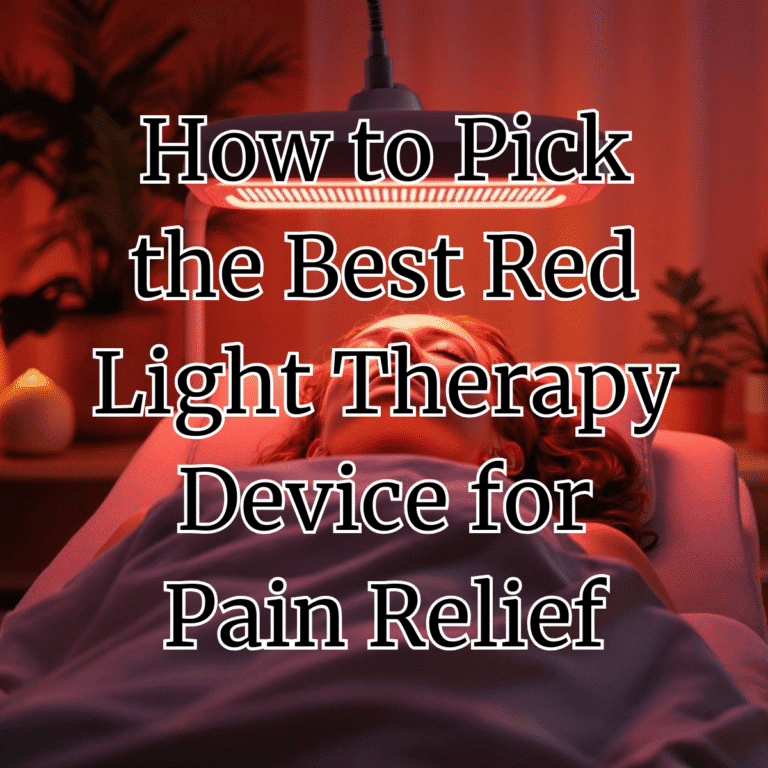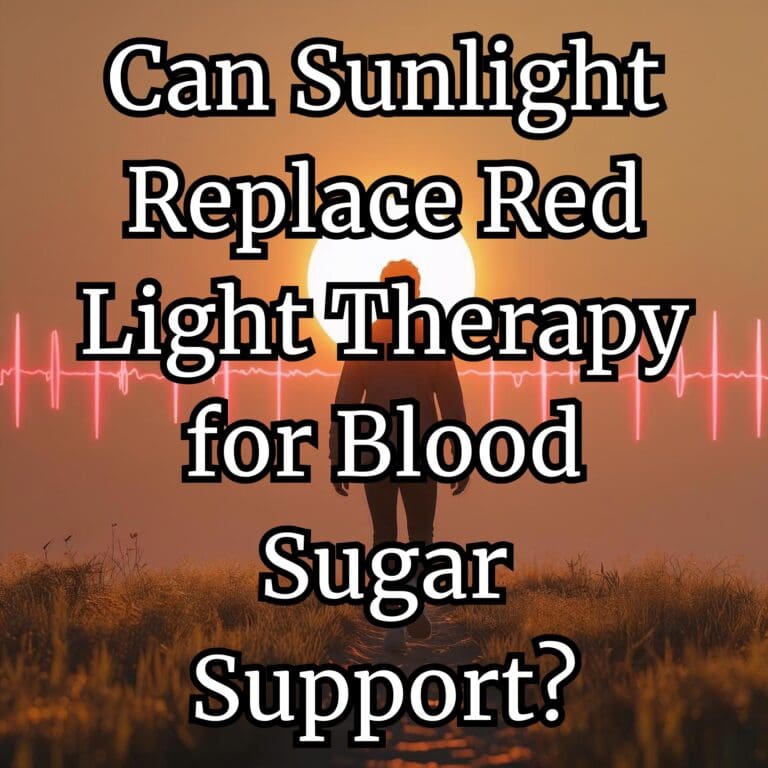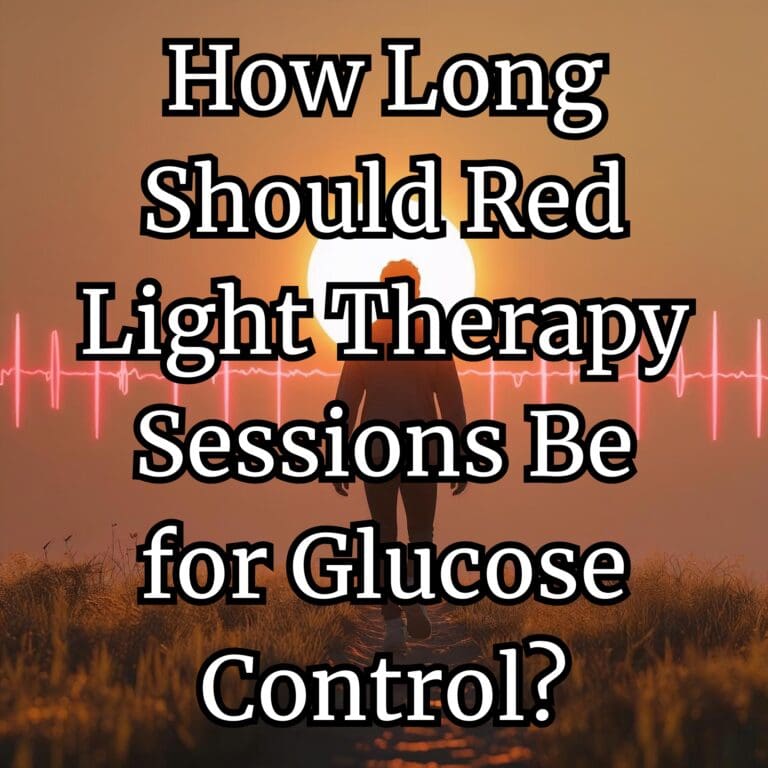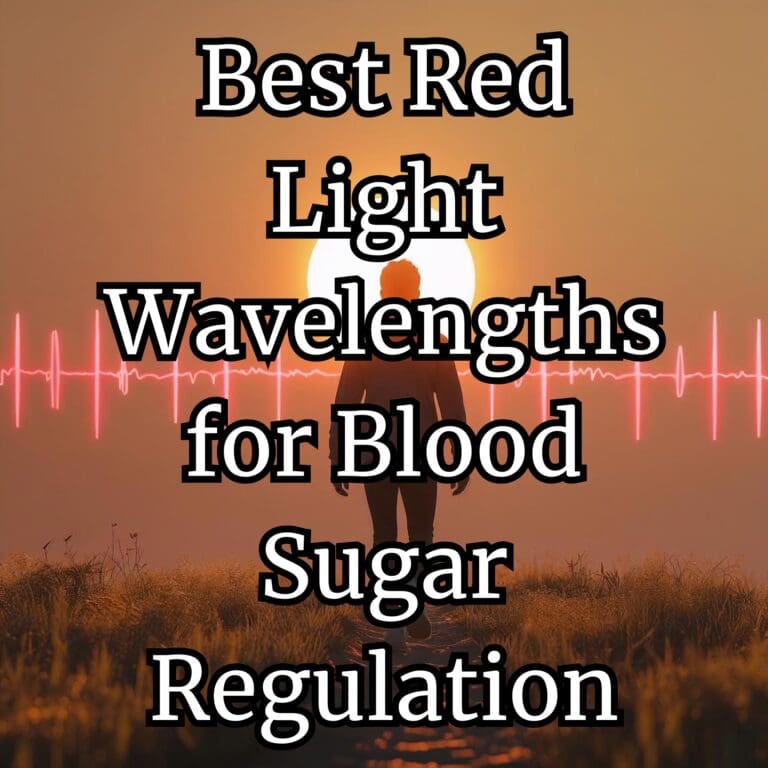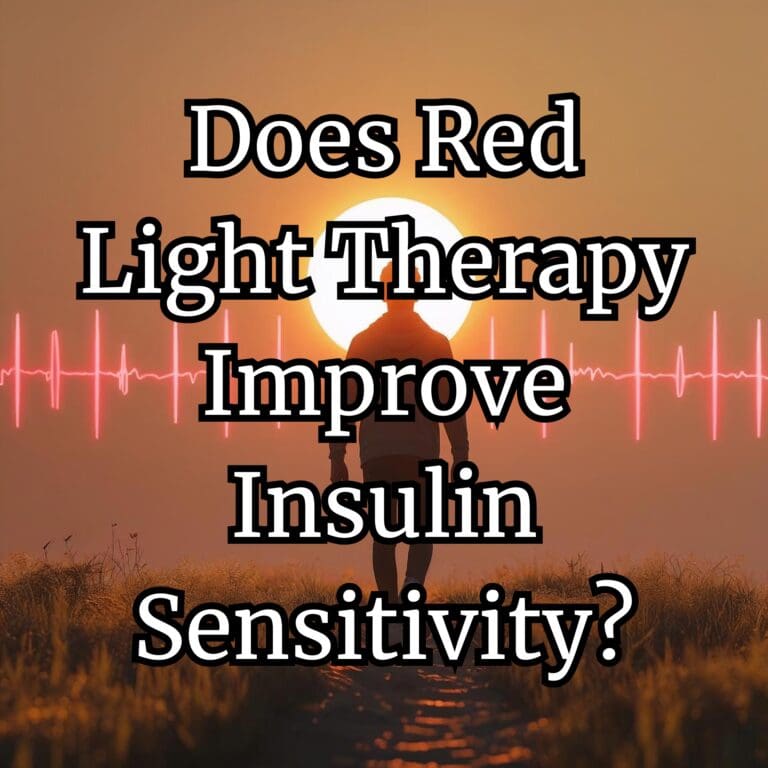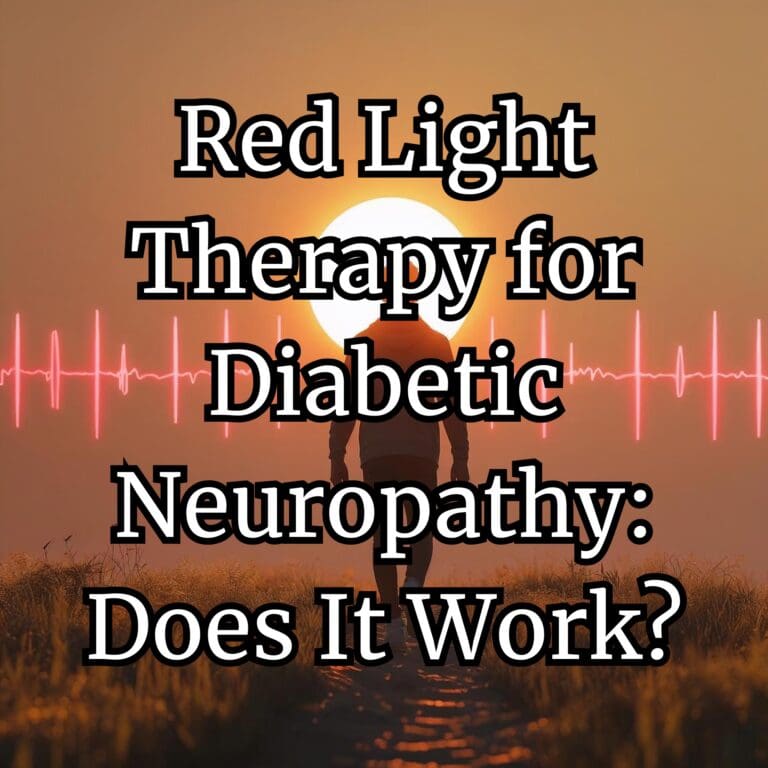In this episode of our podcast, we dive into the fascinating connection between red light therapy and stem cells. Could light really enhance your body’s regenerative power? Let’s explore the emerging science.
This episode is based on the comprehensive review of the science of Red Light Therapy and Stem Cells.
Also, available to listen on SoundCloud
Discover details about the crucial role stem cells play in tissue repair and regeneration. Here we compare Stem Enhance Ultra’s mechanism—using botanical extracts to stimulate stem cell mobilization—to traditional pharmaceutical methods like G-CSF. Highlighting Stem Enhance Ultra’s purported advantages, such as reduced side effects and ease of use, while acknowledging the need for further research and individual consultation with healthcare providers. Ultimately, the article advocates for Stem Enhance Ultra as a potentially effective and safer alternative for enhancing stem cell therapy, positioning it within the broader context of regenerative medicine.
Facts About Stem Cells
Stem Cells Are Always Active
They’re not just for injuries — your stem cells are constantly repairing and regenerating your tissues in the background.
Red Light as a Mitochondrial Booster
Red light therapy charges up the mitochondria — the “power plants” inside your stem cells — helping them function better.
Stronger Light = Stronger Results
There’s a dose-response relationship. More powerful light leads to greater biological effects, up to a point.
Stem Enhance Ultra – The Ultimate Stem Cell Support
WHAT ARE ADULT STEM CELLS?
Undifferentiated cells that multiply by cell division to replenish dying cells and regenerate damaged tissues. (A cell that has yet to develop into a particular cell type) They can become any type of cell (skin, bone, liver, heart, lung for example) and replicate themselves throughout the entire life of an organism.
WHAT DO THEY DO?
Repair & rebuild the body.
WHAT ARE THE BENEFITS OF HAVING MORE ADULT STEM CELLS?
Research shows that a higher number of circulating adult stem cells is one of the most beneficial factors for optimal health.
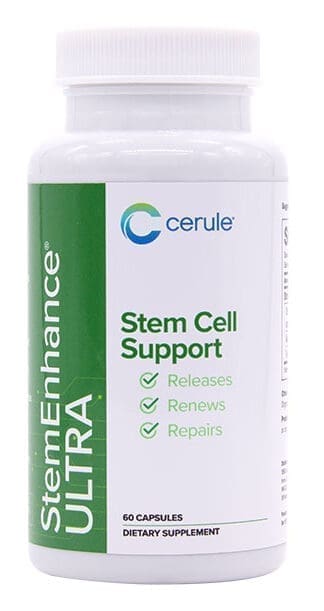
An increase in the number of adult stem cells gives us more building blocks to repair, recover, and rebuild. Adult stem cell natural release rates from the bone marrow decline as we age.
- By 35 years old, release rate drops by as much as 45%
- By 50 years old, release rate drops by as much as 50%
- By 65 years old, release rate drops by as much as 90%
All the cells in our body have a limited life span. Some cells live for days, others live for weeks, months, and some for years.
Vitamins, minerals, antioxidants, and good food feed, nourish, and protect our cells. However, no matter how much you feed and protect your cells, they will eventually die off, and it’s only your adult stem cells that will replace these dying cells with brand new healthy cells.
FAQ on Red Light Therapy and Stem Cell Release
Ready to try red light therapy yourself?
Stay tuned — we’ll soon be sharing our top recommended devices and how to get the best results.
Click here to order StemEnhance Ultra
